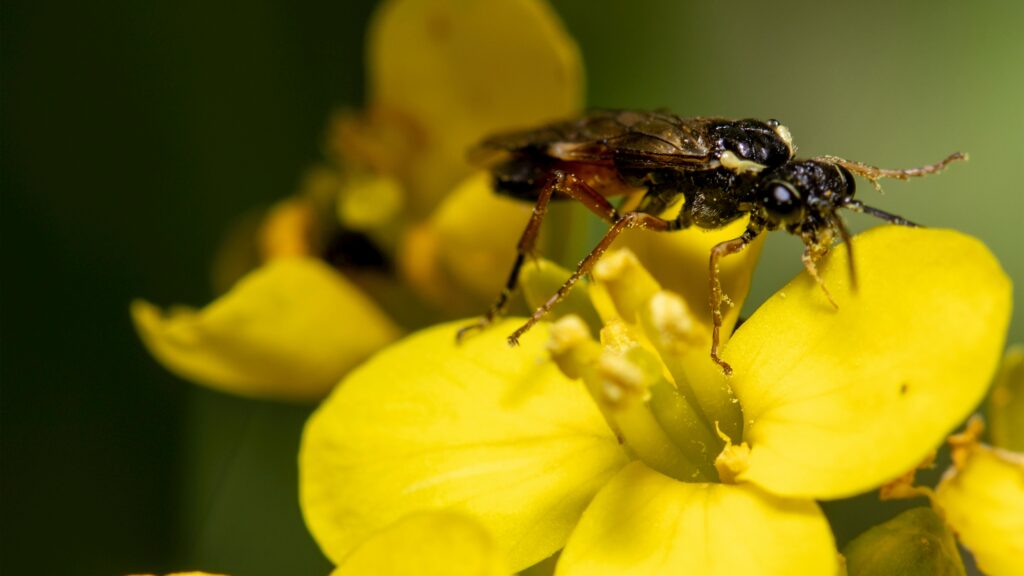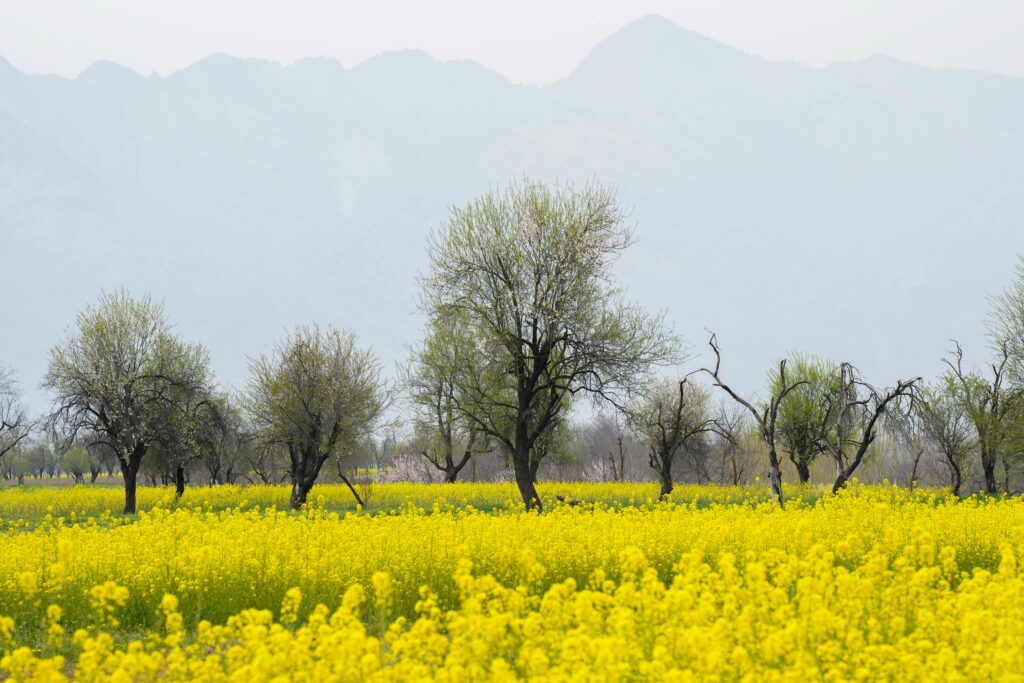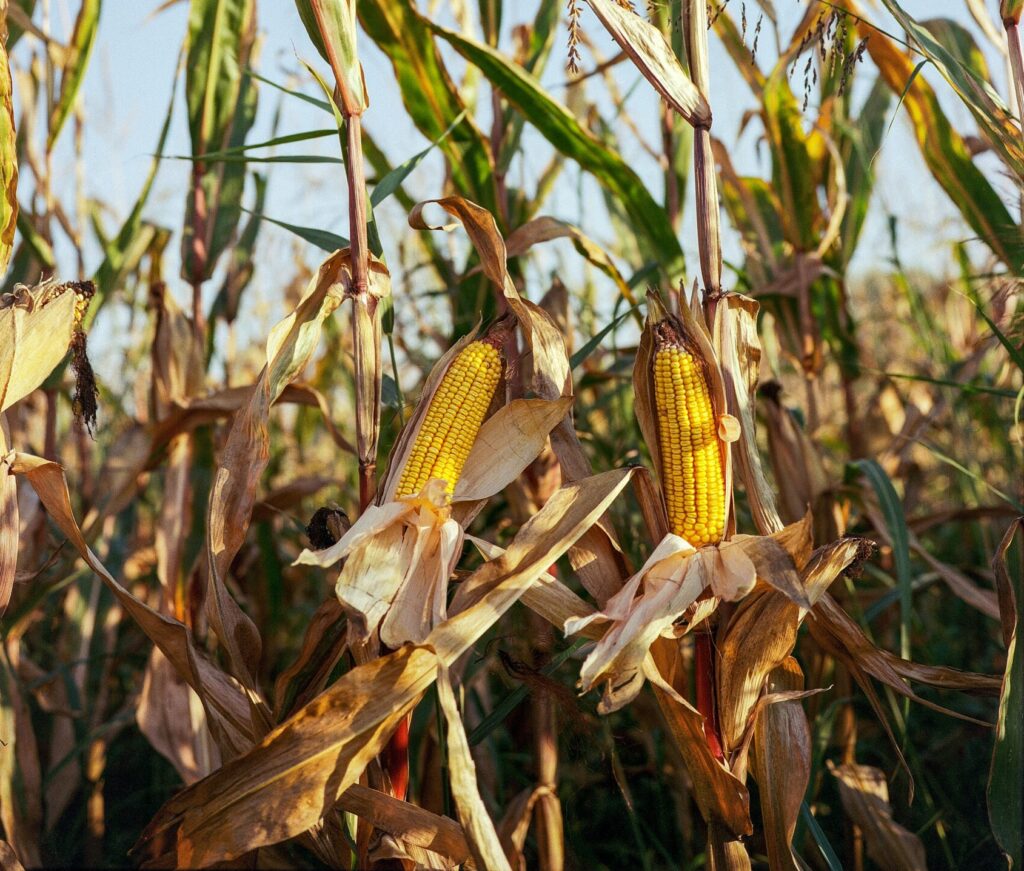The best soil type for indoor plants depends on the specific needs of the plant, but generally, indoor plants do well in a well-draining, nutrient-rich potting mix. Here are some key characteristics of ideal soil for most indoor plants:
Well-Draining: Indoor plants need soil that drains excess water quickly to prevent root rot. A mix with perlite, vermiculite, or coarse sand can improve drainage.
Light and Aerated: The soil should be loose and airy to allow oxygen to reach the roots. This helps prevent soil compaction, which can suffocate the roots.
Nutrient-Rich: The soil should have a good balance of nutrients. Organic matter like compost or peat moss can provide essential nutrients for plant growth.
Moisture-Retentive: While the soil should drain well, it also needs to retain some moisture to keep the roots hydrated between waterings. Coco coir or peat moss are good additions for retaining moisture without becoming waterlogged.
Recommended Soil Types for Specific Plants:
Succulents and Cacti: These plants prefer a sandy, well-draining soil mix, often labeled as “cactus mix.” It typically contains a higher percentage of sand and perlite.
Tropical Plants (e.g., Monsteras, Philodendrons): A potting mix with equal parts peat moss, perlite, and pine bark works well, providing good drainage while retaining moisture.
Orchids: Orchids need a very specific mix, often based on bark, charcoal, and perlite. This allows for excellent air circulation around the roots.
Herbs and General Houseplants: A standard indoor potting mix with added perlite or vermiculite for drainage is suitable.
It’s important to match the soil to the plant’s natural environment. If you’re unsure, a general-purpose indoor potting mix with added perlite or sand for drainage is a good starting point for most houseplants.
















